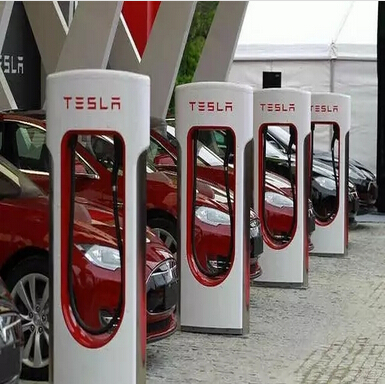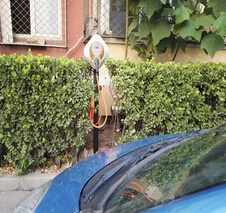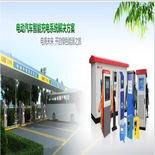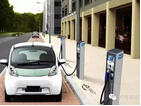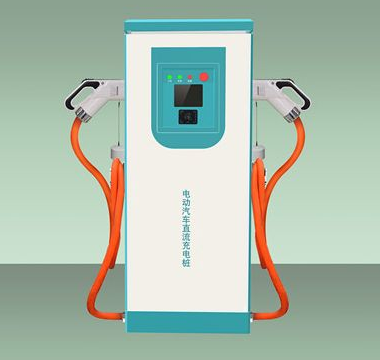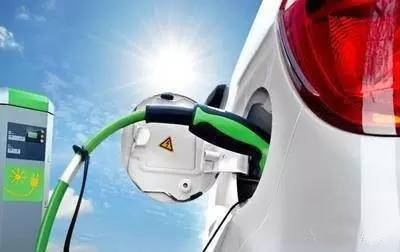First of all, let's first look at the current status of revenue and profit of charging pile enterprises. From the point of view of the charging facility industry chain, there are currently three types of enterprises, one is the charging pile production enterprise; the other is the charging pile construction and operation enterprise; the third is the platform type enterprise. Here we only target the first two types of companies.
The charging pile construction and operation enterprises failed to achieve breakeven. The main revenue of charging pile operations comes from charging service fees, value-added services (advertising revenue, etc.) and government subsidies. It is understood that value-added services have not yet formed a good profit model; charging service fees will be divided into parking lots, and most of them are in the 28th. For example, in Beijing, the electricity service fee is 0.8 yuan, and the charging pile construction and operation enterprise It can be divided into 0.6 yuan; government subsidies vary from region to region, and are basically construction subsidies and operating subsidies, or one of them.
The cost of construction and operation of charging piles includes construction cost and operation and maintenance cost, among which construction costs include charging piles, power distribution facilities, construction and other costs.
Taking Beijing area as an example, an charging station has an average of 10 charging piles, including 6 fast-filling piles and 4 slow-filling piles. The average construction cost of a slow-filled pile is about 10,000 yuan, and the average construction of a fast-filled pile. The cost is about 100,000 yuan, and the construction cost of the charging station is 640,000 yuan. Government subsidy income was 191,200 yuan.
(Estimating method: 1. From the official website of Beijing Municipal Management Committee, as of the end of April 2018, there are about 2,000 social public charging stations in Beijing, about 20,000 charging piles, and the ratio of fast and slow charge is about 6:4. 2 The subsidy standard for the construction of the “2018 Annual Report on the Public Utility Facility Construction Subsidy Fund for Beijing Units” issued by Beijing Municipality is: 400 yuan/KW for 7KW and below; 500 yuan/KW for 7KW or more. 3. Beijing The city requires that the construction subsidy not exceed 30% of the total investment in the construction of the charging station. According to 2 and 3, the construction cost of the charging station is reversed. 4. It is understood that the slow-filling piles in the market are mainly 7KW; the fast-filling piles are mainly 60KW. )
If the life of the charging pile is 10 years, the annual average construction cost is 64,000 yuan; it is understood that the annual transportation cost of the charging station with 10 charging piles is about 50,000 yuan, and the annual cost of the station is 114,000. yuan. The annual government subsidy income is 19,000 yuan. According to this calculation, as long as the utilization rate of each charging pile reaches 5%, that is, each charging pile is used for 1.2 hours per day, the breakeven can be achieved.
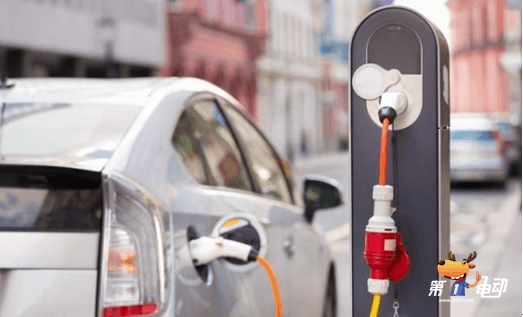
So, can the utilization rate of charging piles reach 5%? Make a simple estimate.
We know that electric vehicles currently use almost no electricity to fully charged, and it takes 6-8 hours to use slow-filled piles; 30-50 minutes to use fast-filled piles, and 5% of the use of fast-filled piles per day. It is necessary to service 1.44-2.4 electric vehicles (average 1.92); slow-filled piles need to service 0.15-0.2 electric vehicles per day (average 0.175 units).
Combined with the current number of charging piles used in Beijing, it is estimated that all charging piles need to service an average of 41.548 million vehicles per day in order to achieve a charging pile utilization rate of 5%.
It is understood that there are currently 130,000 private electric cars in Beijing, of which 75% of the owners installed private self-use charging piles in the personal parking spaces of the community, and charging with personal charging piles only requires electricity, and there is no service charge, only 0.48 Yuan / degree, much cheaper than public charging piles (public charging piles need to pay electricity, service fees, almost 2 yuan / kWh), so the majority of car owners will of course arrange the car time, choose to charge at home. In this case, only 32,500 electric cars will use social public charging piles or charging piles inside the unit.
Obviously, the utilization rate of the charging piles in this city will not reach 5%, and the charging pile construction and operation enterprises will not achieve breakeven.
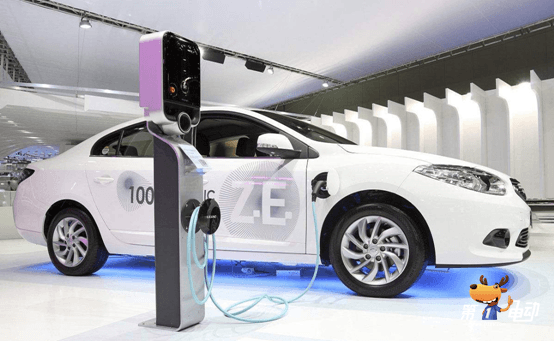
In this case, under the circumstance of the subsidy policy, it is still the construction and operation of charging piles. The real reason for the non-profit is that the number of electric vehicles is less. 130,000 electric vehicles accounted for only 2% of the total number of motor vehicles. With the allocation of 60,000 electric vehicle indicators per year, it seems that the charging pile construction and operation enterprises have achieved breakeven, and even profit is just around the corner.
















 RCCN WeChat QrCode
RCCN WeChat QrCode Mobile WebSite
Mobile WebSite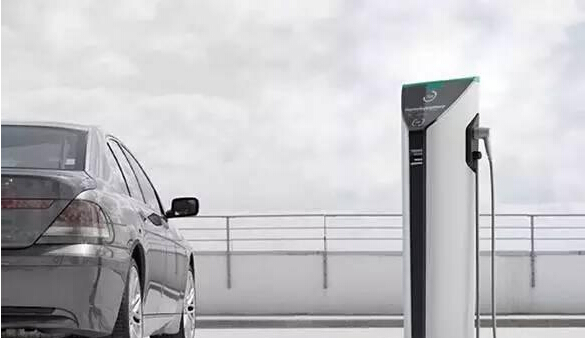
![[Charge pile principle] electric vehicle charging pile principle Secret](/upload/image/20170504/20170504090205_67304.jpg)
